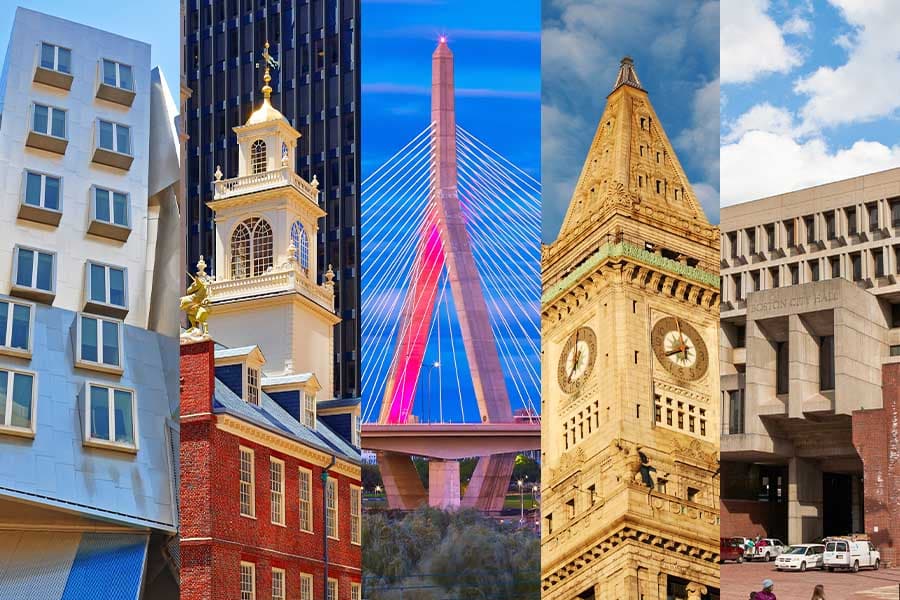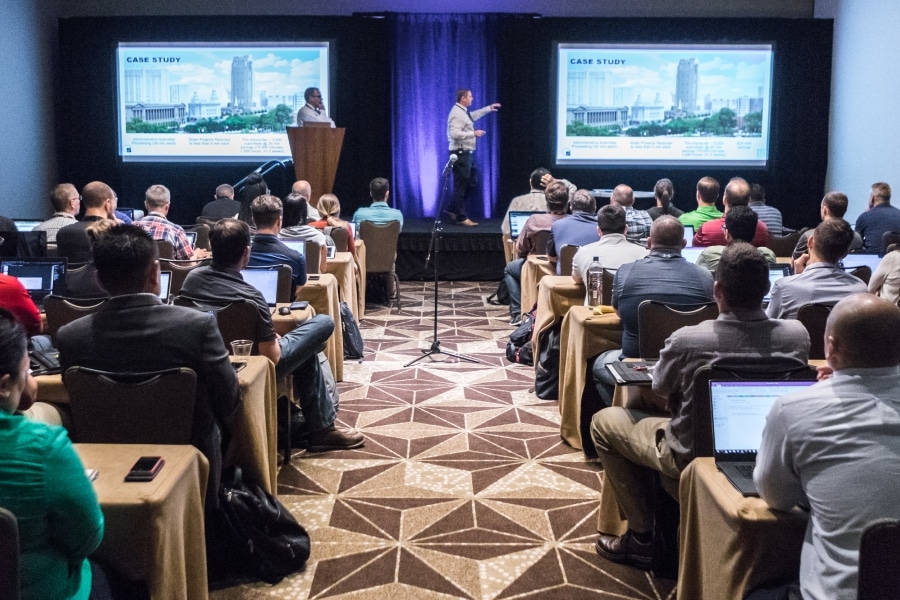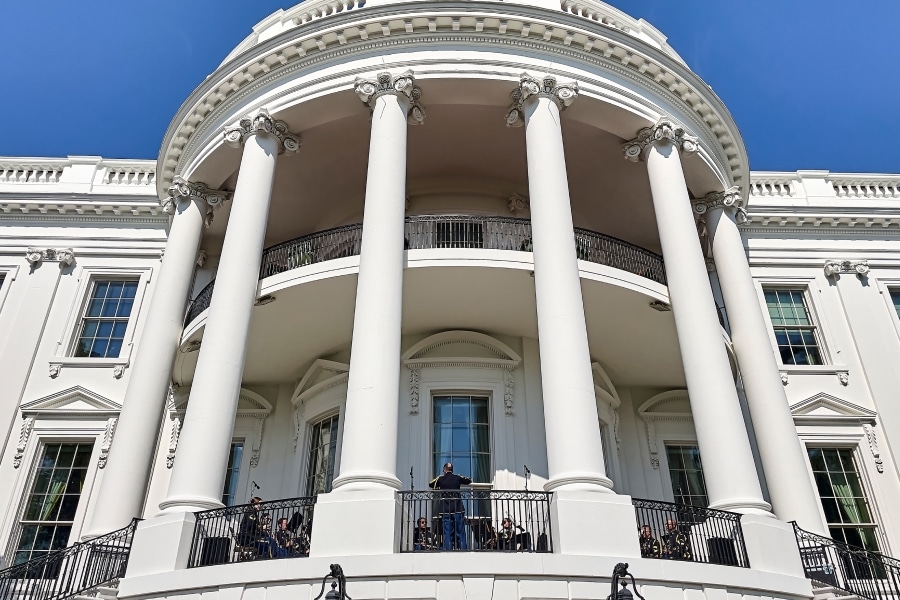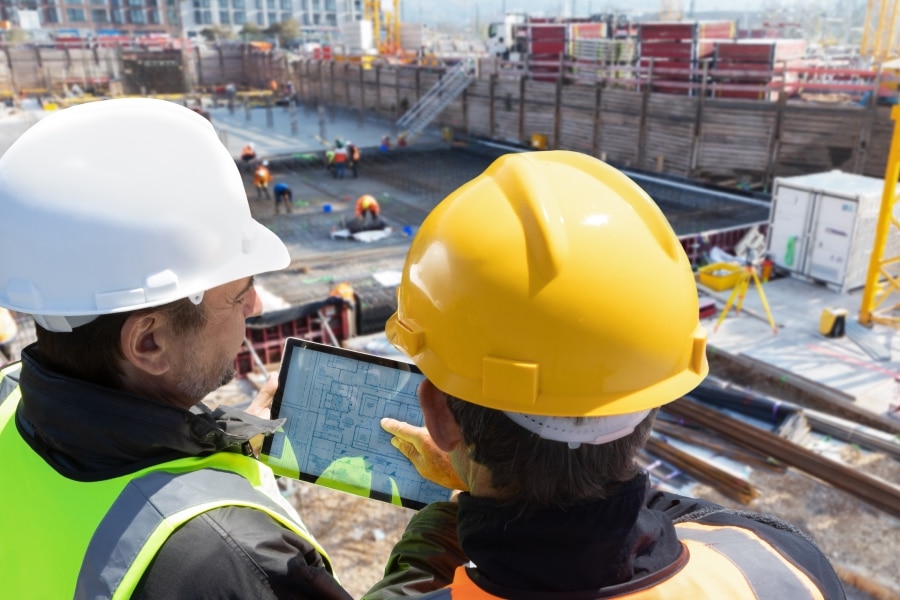Munich’s architecture showcases extravagant palaces and historic churches built in the Middle Ages as well as ultra-contemporary designs that embody the German city’s modern taste.
While the metropolitan area was essentially rebuilt after large swaths of the city were destroyed by bombs in World War II, many of its buildings were restored to their pre-war style.
Munich’s unique blend of city and countryside harmonizes cutting-edge technology with old-world Bavarian charm, creating an architectural celebration of cars, sports and royals that would inspire wanderlust in any design enthusiast.
BMW Headquarters has served as the world headquarters for the German luxury automaker since 1973. Designed by Karl Schwanzer for the 1972 Olympics, the tower mimics the four cylinders of a car engine. Notably, the four vertical cylinders do not stand on the ground but are suspended on a central support tower across from each other. During construction, each floor of the building was assembled on the ground and then elevated to its place. The structure is considered one of the most illustrious examples of Munich architecture.
New Town Hall, or Neues Rathaus, is the most famous building in Munich and considered the heart of Marienplatz, or Munich’s main square. It covers 9,159 square meters, including six courtyards, and features 400 rooms. Designed by Georg von Hauberrisser and built in the late 1800s, it’s known for its world-famous Glockenspiel cuckoo clock that entertains thousands of tourists with dancing carousel figures at 11 a.m., noon and 5 p.m. daily.
Allianz Arena is home to Germany’s most successful football club, Bayern, and is regarded as one of the most spectacular athletic stadiums in the world, thanks to its perfect sightlines, impeccable acoustics and stunning architecture. Designed by Herzog & de Meuron, the edifice resembles a massive inflatable cushion covered in translucent air pockets and made up of 2,784 ETFE plastic panels. It’s the first stadium in the world to have a luminous exterior that changes color depending on who’s playing: Red for a home Bayern match, blue for TSV 1860 and white for Germany. With more than 70,000 seats, fans can root for their favorite team, rain or shine.
St. Peter’s Church. The 12th century cathedral and the city’s oldest remaining parish is best known for its Romanesque architecture and beautiful golden interior, which is filled with statues, sarcophagi and frescoes that date back to the 1400s and 1500s, giving it some Gothic splendor, too. If you’re ready and able to climb 306 steps to the church’s viewing platform, you’ll be rewarded with a great view of the city in all directions.
Nymphenburg Palace. Built in 1675 to celebrate the birth of Bavarian male heir Max Emanuel, the palace features expansive pavilions, enormous fountains, magnificent flower gardens, grand promenades along the palace canals and a lot of beautiful swans. The baroque façade houses several museums and hundreds of epic grand castle rooms designed by the best sculptors, painters and plasterers of the time, which delighted both the Bavarian royals and today’s modern tourists.











